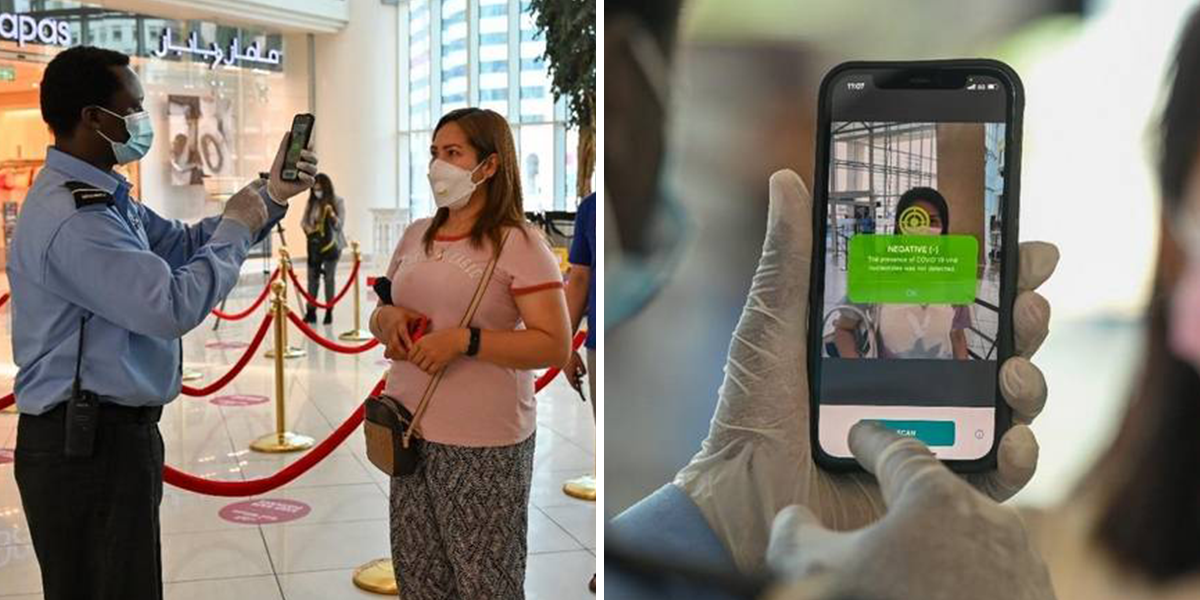Ahead of the game
The UAE’s no stranger to innovation and cutting edge technology – but this is probably one of the coolest and most relevant new tech we’ve seen from them this year! EDE scanners are now being used to detect whether people are infected with coronavirus, and it’s being employed at all land and air entry points, shopping malls, and some residential areas.
The tech itself was developed by EDE Research Institute Abu Dhabi, so we’re super excited to know it’s all being made in-house! The way it works is pretty easy to understand too. It basically measures electromagnetic waves present in the human body, which differs when RNA particles of the virus are present in the body. That way, you get an immediate reading too!
Of course, it’s not perfect yet – the test shows only 83% accuracy and so it’s being used in tandem with other approved methods like PCR tests. But it’s still a step that could really change the game in the next couple of months – and you heard it here first!
The future’s looking pretty snazzy
READ MORE:
Calling All You Movie Buffs: Here’s What’s on Netflix This Month
READ MORE:
This Saudi Guy Turned His Home into a Museum of Unique Cars
READ MORE:
There’s a New Ice Cream Trend at This Spot & It’s a Major Throwback
تقنية جديدة للكشف عن إصابات الكورونا في الإمارات المتحدة
مو غريبة على الإمارات العربية المتحدة إنها دايماً تقدم الإبداع والتكنولوجيا المتطورة ــ ولكن ربما كانت هذه واحدة من أروع وأهم التقنيات الجديدة التي شهدناها منهم خلال هذا العام. فيما يتم الآن استخدام الماسحات الضوئية للكشف عما إذا كان الناس مصابين بفيروس كورونا أم لا. كما يتم استخدامه في جميع المنافذ البرية والجوية، ومراكز التسوق، وبعض المناطق السكنية.
التكنولوجيا نفسها تم تطويرها من قبل معهد أبحاث EDE في أبو ظبي، لذلك نحن متحمسون للغاية لمعرفة أن ذلك كله يتم تصنيعه محلياً! طريقة عملها سهلة جدا لفهم أيضا. وهو يقيس أساسا الموجات الكهرومغناطيسية الموجودة في جسم الإنسان، والتي تختلف عندما تكون جزيئات RNA من الفيروس موجودة في الجسم. بهذه الطريقة، تحصل على قراءة فورية أيضا!
وبطبيعة الحال ، فإنه ليس دقيق حتى الآن ــ فالاختبار يظهر دقة بنسبة 83% فقط، وبالتالي فإنه يستخدم بالترادف مع أساليب أخرى معتمدة مثل اختبارات PCR. ولكنها لا تزال خطوة يمكن حقا أن تغير اللعبة في الشهرين القادمين.




